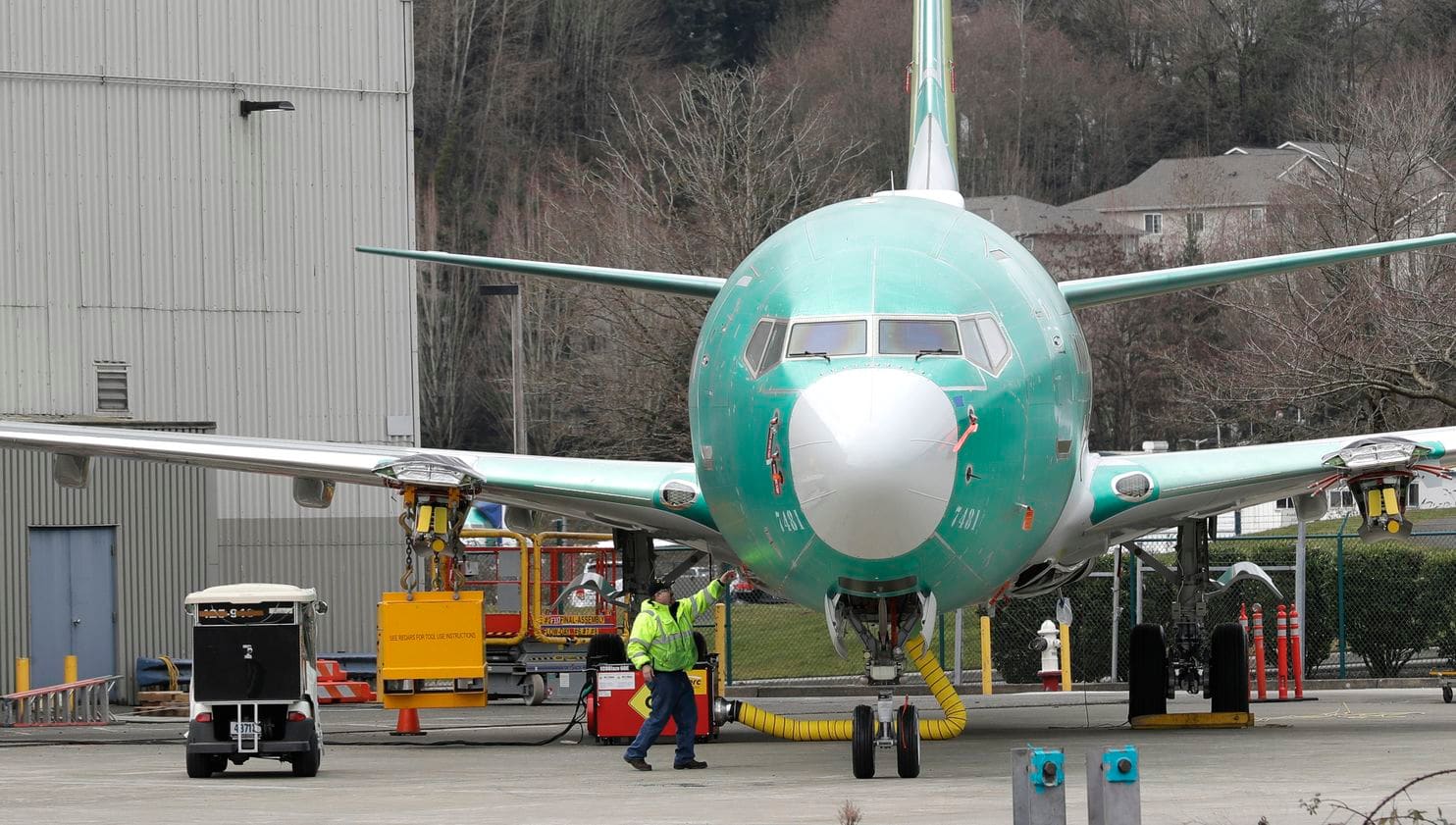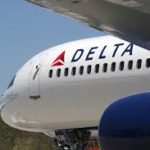
Chicago-based aerospace giant Boeing announced late Monday that it would update flight control systems on its 737 Max 8 commercial jetliners after the plane was involved in two deadly accidents in the past five months. The move came hours after the Federal Aviation Administration issued an advisory mandating specific “design changes” no later than April 2019.
For months Boeing has faced harsh criticism from pilot groups, which took issue with a decision to update the plane’s flight controls without detailing the changes in pilot training.
“Boeing has been working closely with the Federal Aviation Administration (FAA) on development, planning and certification of the software enhancement, and it will be deployed across the 737 Max fleet in the coming weeks,” the company wrote. “The update also incorporates feedback received from our customers.”
The announcement comes amid a broader crisis for Boeing in which the safety of the latest model of its best-selling commercial aircraft has been called into question.
On Sunday morning a Boeing 737 Max 8 operated by Ethiopian Airlines crashed minutes after takeoff, killing all 157 people on board, just months after a brand-new 737 Max 8 went down in Indonesia on Oct. 31, killing 189. The cause of the crash in Ethiopia remains inconclusive, with an inquiry into its causes in its earliest days.
Although it was too soon to confirm the exact cause of the Ethiopian Air crash, the new Boeing 737 showed a similar flight path to the plane that went down in Indonesia. The Federal Aviation Administration said in its advisory Monday that it had not been provided with any information that would draw similarities between the incidents in Indonesia and Ethiopia. But even before the cause of the crash was known, Chinese regulators ordered domestic airlines there to suspend all flights involving the 737 Max 8. Regulators in Singapore ordered the suspension of the aircraft Monday evening, according to news reports.
The company’s statement did not reference the downed Ethiopian flight, though it expressed sympathy for those who lost loved ones Sunday. The company said it was “deeply saddened” by the Lion Air crash that occurred months earlier, and said it had been working on a software fix for months.
“For the past several months and in the aftermath of Lion Air Flight 610, Boeing has been developing a flight control software enhancement for the 737 Max, designed to make an already safe aircraft even safer,” the company said in a statement, noting that the updates included changes to “flight control law, pilot displays, operation manuals and crew training” ― issues that were central to concerns raised by pilot groups.
A preliminary investigation into the cause of the plane crash in Indonesia found that a malfunctioning sensor and an automated response from the plane’s autopilot left pilots struggling to gain control of the aircraft as it tilted downward into a nosedive, later crashing into the Java Sea.
The report stopped short of assigning blame for the crash. But pilot organizations in the United States criticized Boeing after it disclosed that it had added a new feature to the plane’s autopilot system without detailing the changes in pilot training.
The new feature, called the Maneuvering Characteristics Augmentation System, or MCAS, was designed to account for minor modifications to the placement of the plane’s engines. In the process it changed a manual override feature that allowed pilots to pull the plane out of a nosedive by pulling back on its control column.
While Boeing maintains that processes are in place to overcome the “automatic trim” that nudges the nose of the plane downward in some circumstances, pilot unions say the change was not adequately outlined in pilot training. The Federal Aviation Administration advisory Monday asked for a number of changes to the 737 Max 8 and Max 9 jet models specifically referenced in the MCAS system, including “activation enhancements,” “signal enhancements,” operations manuals and a pilot checklist.
THE WASHINGTON POST






